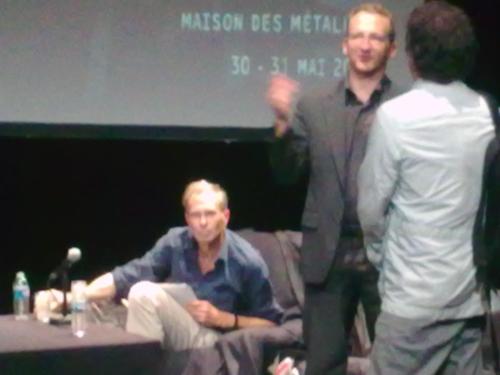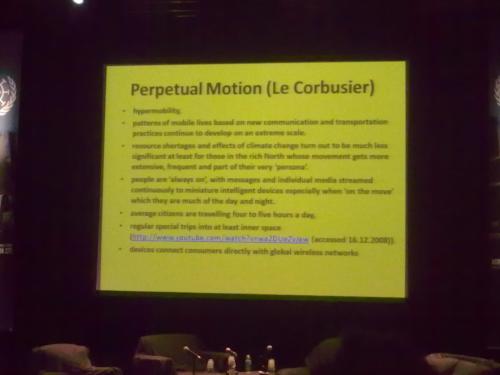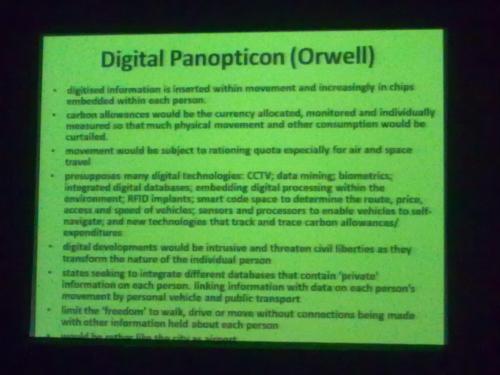After 4000 years of sci-fi
DYSTOPIA
Until 28 August 2011
A show written by Mark von Schlegell
& curated by Alexis Vaillant
CAPC
musée d’art contemporain
Entrepôt Lainé. 7, rue Ferrère
F-33000 Bordeaux
France
Opening hours :
Tue, Thur to Sun 11 a.m.–7 p.m., Wed 11a.m.–8 p.m.
Amid global crisis, contemporary art finds itself confronted by its own theoretical and practical dissolution within a thoroughly debunked reality. As the Tao te Ching advises the mysterious protagonist of Dystopia, the exhibition, the point is to “neither beat the pot and sing, nor loudly bewail the approach of death.” Between nihilism and hedonism lie pathways to failure, resistance and survival.
The exhibition Dystopia is the offshoot of a fiction written by the American science fiction novelist and theoretician Mark von Schlegell. Curated by Alexis Vaillant of the CAPC, the art-works of 46 international artists are presented within a world turned horror film. Utopia’s wretched flipside is presented not as subject matter but as setting, not as end but as point of beginning.
According to von Schlegell and Vaillant the enlightenment tradition of Dystopia—”the imaginary place or condition in which everything is as bad as possible”*—offers contemporary art specific pathways (of re-mix, collaboration and radical tradition) into present-tense science fictional struggles with the disintegrating real past and imaginary future. Immersed in the present, dystopian art presumes a weakest-possible point of view within an unresolved fictional narrative presumed to be worsening. As with the theory of black holes birthing new universes within them, it is within concentrated dystopia that the actual utopias appear.(*Oxford English Dictionary)
With all the museum’s windows covered by blood-red cellophane the visible outside world is rendered fictional, casting its glow deep into the museum’s nave. Even so, the art works find idiosyncratic function, adapting with surprising ease to the covering fiction.
Mark von Schlegell’s new novel New Dystopia, featuring work by all participating artists, will be published in English and French by Sternberg Press as catalog for the exhibition.
Featuring works by:
Wallace Berman, Cosima von Bonin, Brian Calvin, Tony Carter, Marc Camille Chaimowicz, Peter Coffin, Simon Denny, Andreas Dobler, Roe Ethridge, Keith Farquhar, Hans-Peter Feldmann, Aurelien Froment, Cyprien Gaillard, Isa Genzken, Dan Graham, Robert Grosvenor, Sebastian Hammwöhner, Roger Hiorns, Ull Hohn, Des Hughes, Peter Hutchinson, Sergej Jensen, On Kawara, Michael Krebber, Jesús Mari Lazkano, Rita Mcbride, John Miller, Pathetic Sympathy Seekers, Manfred Pernice, Stephen G. Rhodes, Glen Rubsamen, Sterling Ruby, Julia Scher, Frances Scholz, Michael Scott, Markus Selg, Reena Spaulings, Michael Stevenson, Tommy Støckel, Josef Strau, Blair Thurman, Mathieu Tonetti, Oscar Tuazon, Franz West, Jordan Wolfson
and a catastrophe by Eugene Isabey
Corporate sponsors
Air France, Seg Fayat, Lacoste, Lyonnaise des Eaux, 20 Minutes, Mouvement, Château Chasse-Spleen







